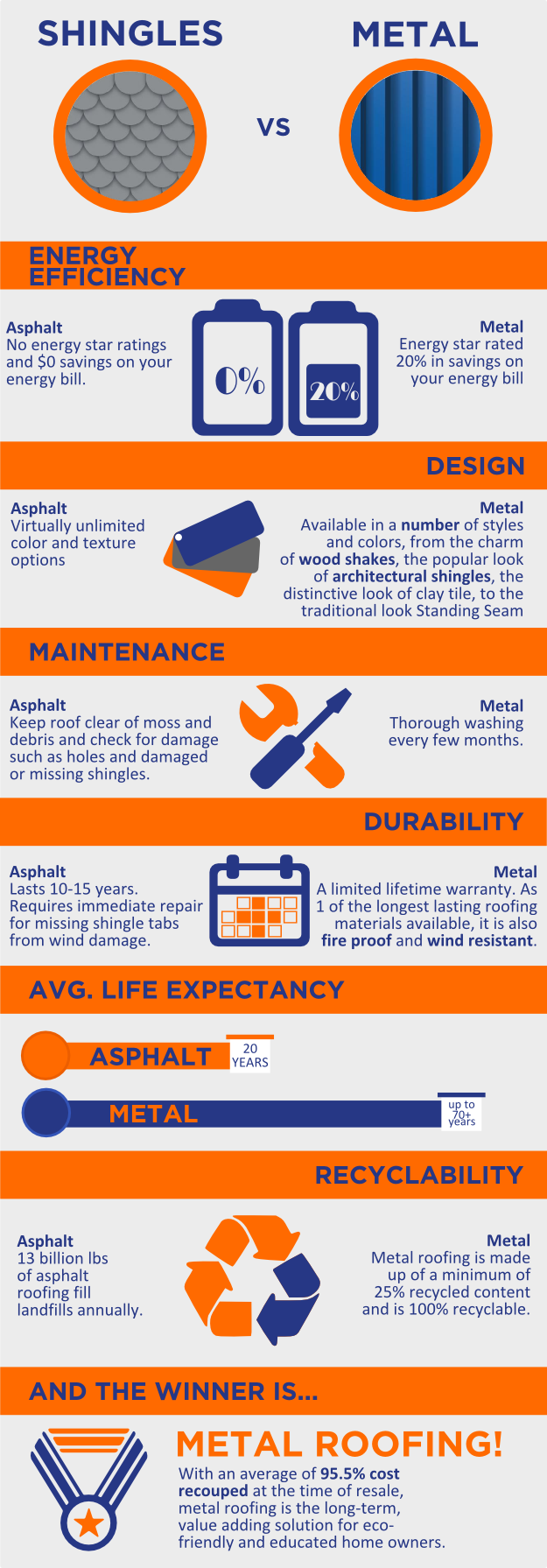An Introduction To The Fundamentals Of Solar Power Systems And Their Performance
An Introduction To The Fundamentals Of Solar Power Systems And Their Performance
Blog Article
Published By-Morin Erickson
So, you've heard about solar panels and their prospective to create power from sunlight, yet how exactly do they work? Comprehending the detailed modern technology behind solar panels can be a remarkable trip into the globe of renewable energy. From the standard concepts of photovoltaic cells to the complex elements that compose a photovoltaic panel system, there's a whole world of expertise waiting to be discovered. Allow's unravel the mysteries of photovoltaic panel innovation with each other.
Photovoltaic Panel Innovation Basics
To really understand the significance of solar panel innovation, you should look into the fundamental principles that underpin its capability. Solar panels consist of photovoltaic cells, normally made from silicon, which have the remarkable capability to transform sunlight right into electrical power via the photovoltaic effect. When sunshine strikes the cells, the photons in the light interact with the silicon atoms, triggering the electrons to damage free from their atomic bonds. This creates an electrical current that can then be used for powering different tools.
The crucial part of solar panels is the semiconductors within the photovoltaic cells, which promote the conversion of sunlight right into useful power. These semiconductors have both positive and adverse layers, creating an electric field that allows for the flow of electrons.
This flow of electrons, when linked in a circuit, creates direct current (DC) electricity. Recognizing these basic principles is critical for appreciating exactly how photovoltaic panels can harness the sun's energy to power homes, companies, and also satellites precede.
How Solar Panels Generate Power
Solar panels harness the sunlight's energy by transforming sunlight right into power via a procedure referred to as the photovoltaic or pv effect. When sunlight strikes the photovoltaic panels, the photons (light fragments) are absorbed by the semiconducting products within the panels, generally constructed from silicon. This absorption produces an electrical current as the photons knock electrons loose from the atoms within the product.
The electric fields within the solar batteries then require these electrons to stream in a particular direction, producing a direct current (DC) of power. This direct current is then gone through an inverter, which transforms it right into rotating current (AIR CONDITIONER) electrical energy that can be utilized to power your home or business.
learn here generated by the photovoltaic panels can be kept in batteries for later usage or fed back right into the grid for credit with a process called internet metering. Understanding exactly how solar panels produce electrical power is important to appreciating the environmental and cost-saving advantages of solar energy systems.
Understanding Photovoltaic Panel Elements
One vital facet of solar panel modern technology is understanding the various components that compose a photovoltaic panel system.
The key components of a solar panel system consist of the photovoltaic panels themselves, which are comprised of photovoltaic cells that convert sunshine into power. These panels are placed on a framework, usually a roofing, to record sunlight.
Along with Suggested Website , there are inverters that transform the direct present (DC) electrical energy generated by the panels into rotating present (AC) electrical energy that can be made use of in homes or businesses.
The system likewise consists of racking to support and position the photovoltaic panels for ideal sunshine exposure. In addition, cables and adapters are important for moving the electricity created by the panels to the electric system of a structure.
Last but not least, a monitoring system might be included to track the efficiency of the photovoltaic panel system and ensure it's functioning efficiently. Recognizing these elements is vital for anybody looking to mount or utilize solar panel technology successfully.
Final thought
Since you understand the basics of photovoltaic panel innovation and just how it functions, you can value the power of harnessing sunlight to generate tidy and renewable energy for your structure. By using solar panels installation cost and components like inverters and monitoring systems, you can add to a more sustainable future while also possibly reducing energy prices. Keep understanding and exploring the possibilities of solar power for a greener tomorrow.
